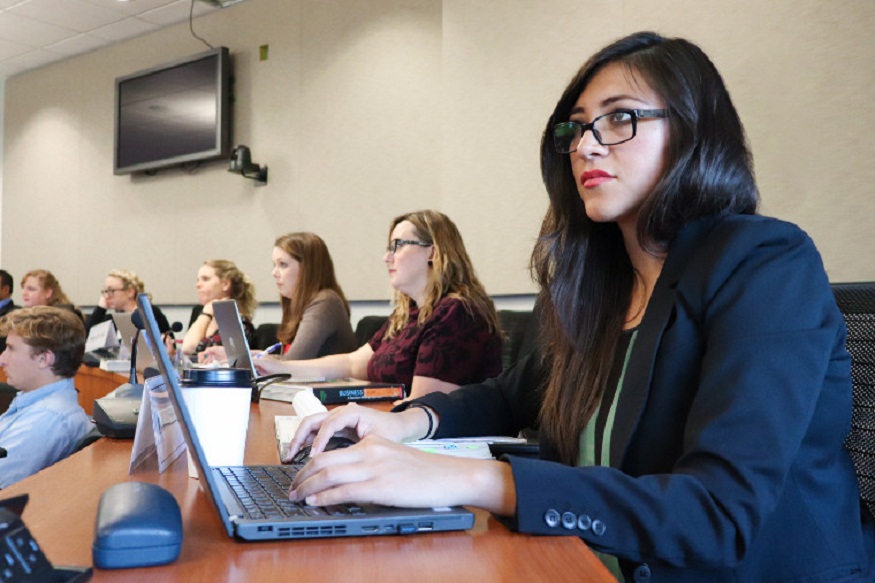In an era where remote work is becoming the norm, the use of employee monitoring software, such as Controlio, is on the rise. According to recent surveys, up to 60% of employers utilize some form of employee monitoring software to track their employees’ activities, with reasons ranging from understanding productivity to ensuring security and compliance. Here, we will get into the implications of such software, the limited options available to employees, and the potential risks associated with the data collected.
The Rise of Employee Monitoring Software
Employee monitoring software has become increasingly prevalent in workplaces, with tools like Controlio offering employers insights into how their employees spend their time. These tools can track keystrokes, take screenshots, activate webcams or microphones, and monitor internet usage, among other functions. The main goal cited by employers for deploying such software is to understand employee productivity and ensure that employees are working a full day.
Understanding the Implications
The use of employee monitoring software raises significant privacy concerns for employees. While some states have laws requiring employers to notify employees about the use of such software, many employees remain unaware of the extent of monitoring taking place. Without federal regulations governing the use of employee monitoring software, employees are left with limited options to protect their privacy.
The Controlio Controversy
One such employee monitoring software gaining attention is Controlio. Controlio, like other monitoring tools, offers employers the ability to track various aspects of employee activity, from keystrokes to website visits. While employers may justify its use as a means to improve productivity and security, the potential for misuse and invasion of privacy is significant.
Limited Employee Protections
In states where laws require employers to notify employees about the use of monitoring software, such as New York, Connecticut, and Delaware, employees may have some recourse. However, in most states, employees have little to no protection against invasive monitoring practices. Even when employees are aware of monitoring software, the insights gleaned from it may not always be transparent, making it difficult for employees to assess the extent of surveillance.
Navigating the Landscape
For employees concerned about their privacy in the face of employee monitoring software, options are limited. Consult reviews to get a better idea of what sorts of insights your employer may glean from it. However, without greater transparency from employers and regulatory oversight, employees may feel powerless to protect their privacy.
The Risks of Data Collection
The collection of vast amounts of data through employee monitoring software poses significant risks, the more potential for harm that data has following a breach, a data-sharing arrangement, or a sale. The more data employers have about their employees, the greater the potential for harm if that data falls into the wrong hands. This data could be used for nefarious purposes or exploited for financial gain, leaving employees vulnerable to identity theft and other forms of cybercrime.
Conclusion
Employee monitoring software, including Controlio, poses significant challenges to employee privacy and autonomy in the workplace. With limited protections and transparency surrounding its use, employees are left with few options to safeguard their personal information.
As the use of such software continues to proliferate, policymakers and employers must consider the ethical implications and potential risks associated with invasive surveillance practices. In the absence of regulatory intervention, the onus falls on employees to advocate for their rights and demand greater transparency from their employers.




